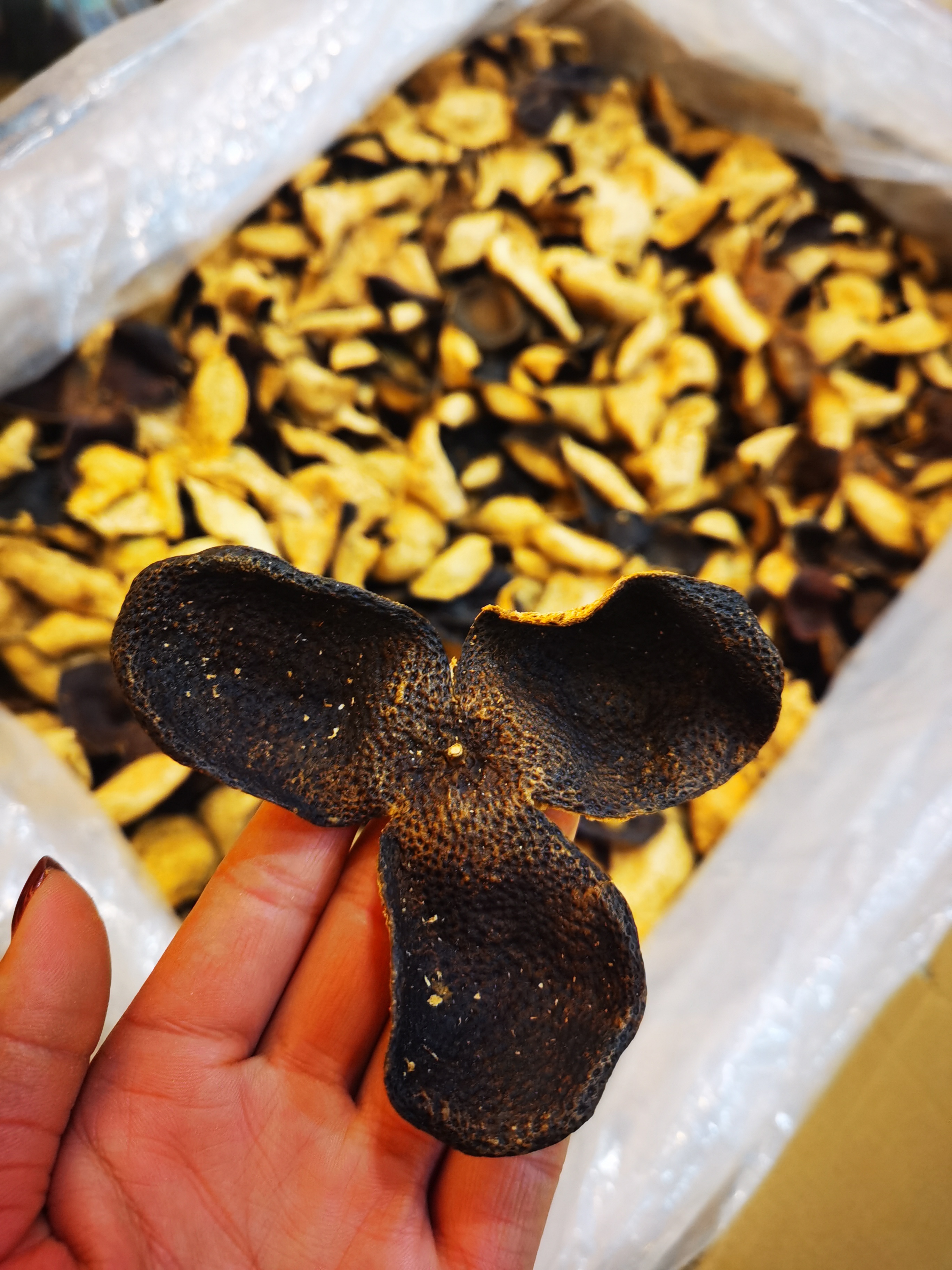

| Tea Chronicles: The Epic Journey of a Leaf That Conquered the World |
| 发布时间:2025-10-27| 浏览次数:3 |
 In a world overflowing with beverages, few possess the rich tapestry of history, cultural significance, and global impact like tea. From an accidental infusion in ancient China to a cornerstone of daily rituals across continents, the story of tea is an incredible saga of discovery, innovation, trade, and cultural exchange. Understanding its development through the ages isn't just about appreciating a drink; it's about tracing the threads that connect civilizations. By 2 The Legendary Beginnings: Shennong’s Brew and the Tang Dynasty Boom The story of tea inevitably begins shrouded in the mists of legend. Chinese tradition credits Emperor Shennong, the mythical "Divine Farmer" around 2737 BCE, with its accidental discovery. The tale recounts leaves from a wild camellia tree blowing into a pot of boiling water he was preparing. Intrigued by the resulting aroma and flavor, the emperor sampled the infusion, thus marking the dawn of the tea era. Historically, tea’s medicinal properties were likely recognized first, documented in texts by the Han Dynasty (206 BCE – 220 CE). However, it was during the Tang Dynasty (618–907 CE) that tea underwent a revolutionary transformation from a medicinal tonic to a mainstream cultural beverage. This period saw the emergence of Lu Yu, revered as the "Sage of Tea." His monumental work, the Cha Jing (The Classic of Tea The formalization during the Tang Dynasty was profound. Tea cultivation spread from its early origins in the southwest (Sichuan/Yunnan) to other regions. Loose tea, compressed into cakes for trade and taxation, became standardized. The brewing method involved roasting and grinding the tea cake, then whisking the powder in hot water – a precursor to Japanese Matcha. Monasteries adopted tea to aid meditation, and its status as a luxury item and government commodity soared. The Silk Road facilitated its spread westward, though initially more as a curiosity for Central Asia than a widespread commodity. The seeds planted in the Tang Dynasty firmly rooted tea at the heart of Chinese daily life and prestige, setting the stage for its global voyage. Refinement, Ritual, and the Song Dynasty Influence If the Tang Dynasty saw tea's elevation, the Song Dynasty (960–1279 CE) witnessed its refinement into an art form of exquisite subtlety. Gone was the robust brewing of Tang; the Song elite favored delicate steamed green teas presented in powdered form. Intense focus shifted to the aesthetics of the tea experience – the perfect froth ("snow foam" It was this highly refined Song culture of powdered tea (whisked into a froth) that deeply influenced Japan. Japanese Buddhist monks studying in China carried back not just tea seeds and plants, but the entire aesthetic philosophy and ritualized practice. Under the guidance of figures like Eisai and Murata Jukō, this evolved into the unique Japanese tea ceremony, Chanoyu or Sado. While later Chinese brewing practices shifted away from powdered tea (developing methods for brewing whole leaves like in Gongfu Cha or steeped teas The Global Tide: Dutch Trade, British Obsession, and the Boston Brew Tea's journey beyond Asia accelerated dramatically during the Ming (1368–1644) and Qing (1644–1911) dynasties. While Silk Road overland routes persisted, it was the era of maritime exploration and European trade companies that propelled tea onto the global stage. Portuguese and Dutch merchants were among the first Europeans to encounter tea in Macao and Java in the early 17th century. The Dutch East India Company (VOC) became instrumental in importing tea to Europe, initially as an expensive luxury good popular among the aristocracy. Amsterdam saw the establishment of some of Europe's first public tea rooms. By the late 17th century, tea became a national obsession in Britain. The marriage of Charles II to Portuguese princess Catherine of Braganza, a noted tea enthusiast, cemented its popularity at court. The British East India Company monopolized the China tea trade, making fortunes despite its high cost. To balance trade deficits with China, Britain aggressively pushed opium exports, leading to the devastating Opium Wars. The subsequent Treaty of Nanking forced open more Chinese ports and ceded Hong Kong, forever altering geopolitical dynamics. Meanwhile, in the American colonies, resentment over the Tea Act's taxation without representation culminated in the iconic Boston Tea Party in 1 The Enduring Leaf: Tradition Meets Innovation in 2025 Fast forward to 2 Technological innovation intersects with tradition. Precision agriculture helps farmers optimize harvests, online platforms connect small farmers directly to global buyers, and scientific research continuously reveals new bioactive compounds contributing to tea's health benefits. Sustainability is paramount; the tea industry grapples with the challenges of climate change impact on traditional growing regions and pushes towards organic farming, fair trade practices, and reducing carbon footprints. The rise of specialty tea shops offering tasting experiences and the popularity of cold brews and experimental tea blends demonstrate tea's incredible versatility and enduring capacity for reinvention. Far from being a relic of the past, tea in 2025 stands at a fascinating intersection of millennia-old traditions and contemporary innovation, proving that the simple infusion discovered by Shennong still holds an unparalleled grip on the world’s imagination and palate. Questions Arising from Tea's Journey Q1: Why is Lu Yu's "Cha Jing" still considered so significant? Q2: How did tea drinking habits evolve from Tang powdered tea to the loose leaf styles popular in China today? #茶经英译考 #茶马古道贸易 #全球化传播影响 #宋代点茶复兴 #2025茶业新趋势 |
| 上一篇:茶叶发展史的四个阶段 |
| 下一篇:中国茶叶发展史:2025年的文化复兴与创新挑战 |